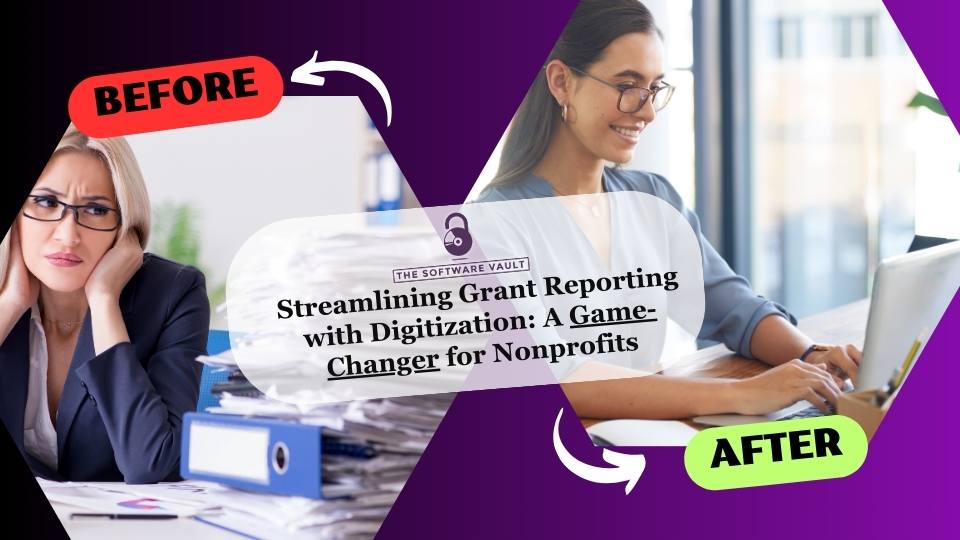In the nonprofit ecosystem, grant reporting is a critical but often time-consuming process. It involves meticulous tracking, documentation, and reporting of how grant money is used, ensuring accountability and transparency to funders. However, the complexity and administrative burden of grant reporting can pull resources away from an organization’s primary mission. This is where digitization steps in, offering a transformative experience to an organization’s overall operations – GAME CHANGING.
Traditional Grant Reporting Challenges
Traditional grant reporting typically involves the following to name a few:
- Manual data entry of same data in multiple locations
- Use of spreadsheets with complicated formulas and pivot tables
- Disparate systems that just don’t communicate with each other.
These challenges lead to inefficiencies, errors, and a significant drain on staff time. Furthermore, these challenges increase the risk of inaccurate or incomplete reports, potentially jeopardizing future funding because of noncompliance.
3 Examples Showing the Power of Digitization
Technology can revolutionize the grant reporting process by eliminating redundant tasks, reducing the risk of errors, and freeing up staff to focus on mission-driven work.
Here’s how:
1: Automated Data Collection & Centralized Storage of Collected Data
Instead of requiring staff to extract and gather data from various sources manually, workflow automation can be leveraged to collect and consolidate information in one place. This not only saves time but also ensures that all data is current and accurate & ready to be extracted for grant reporting.
2: Standardized Reporting
Many grantors have specific reporting requirements. Interactive Data Visualization Software such as Power BI and Tableau can be leveraged to design reports that meet each grantor’s unique specifications, reducing the time spent on customizing each report & increasing the probability of being in compliance. In addition, this type of software can be used to create dashboards for internal or external use.
3: Real-Time Tracking
Automated grant management solutions allow real-time tracking of grant usage. This means organizations can monitor their spending as it happens, making it easier to stay within budget and avoid last-minute surprises. For optimal efficiency, this is dependent upon automated data collection of some financial information (budget versus spend) from an organization’s financial systems in real-time.
Another component of real-time tracking is having oversight over the entire grant reporting process. Workflow automation can be used to streamline this process from initial application to the final report. Tasks can be assigned, notifications can be sent, and progress can be tracked at any given time.
Embracing the Future
As we move into an increasingly digital age, investment in technology is no longer a luxury but a necessity for nonprofits. Digitization can offer a more efficient, accurate, and streamlined approach to the grant reporting process. By embracing technology, nonprofits can not only meet their reporting obligations more effectively but also allocate more resources towards achieving their mission. The future of grant reporting is here. Will you join the evolution and level up?
If you would like to learn more on how to streamline your overall grant reporting process, schedule a 30-minute consultation with us.

